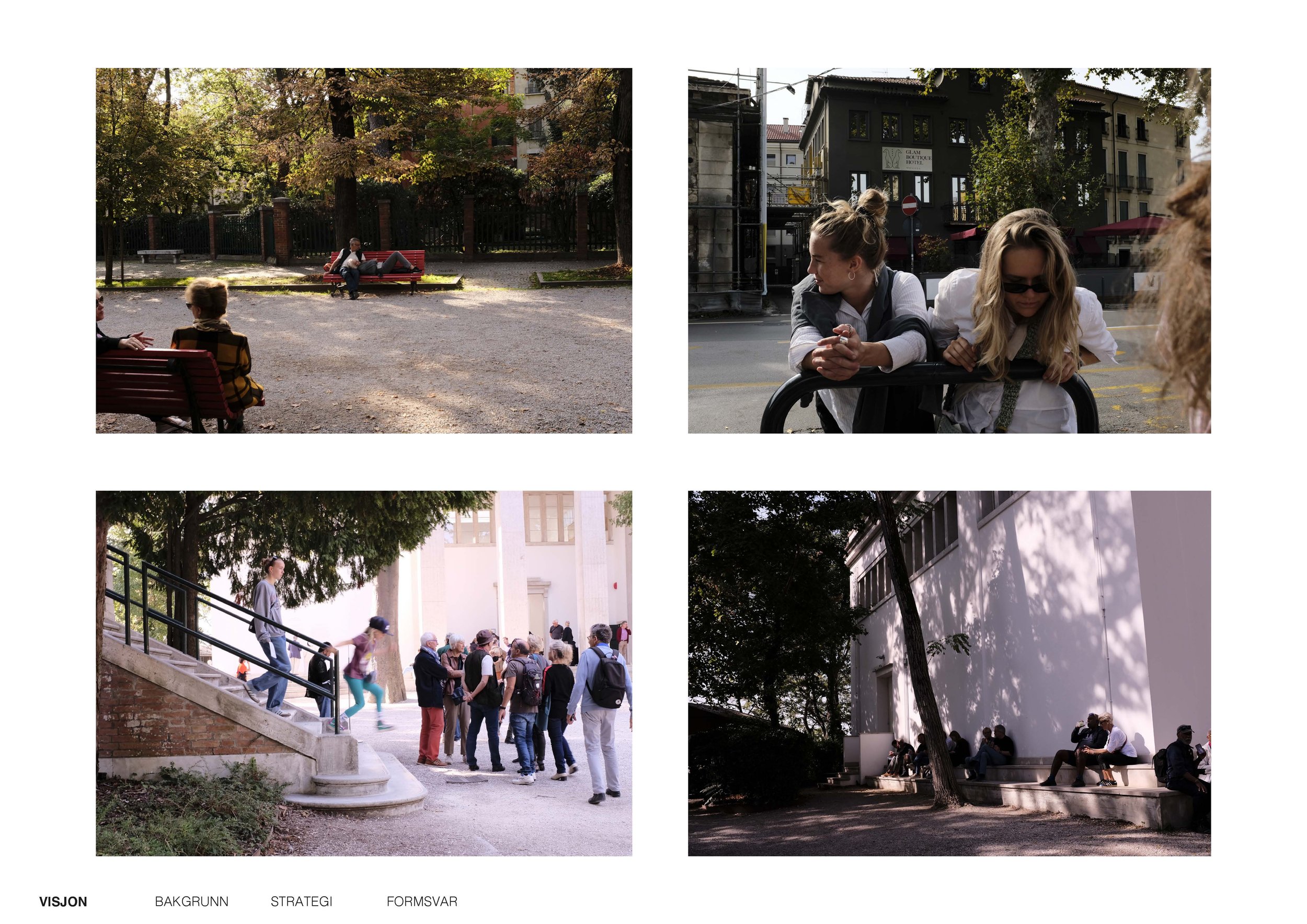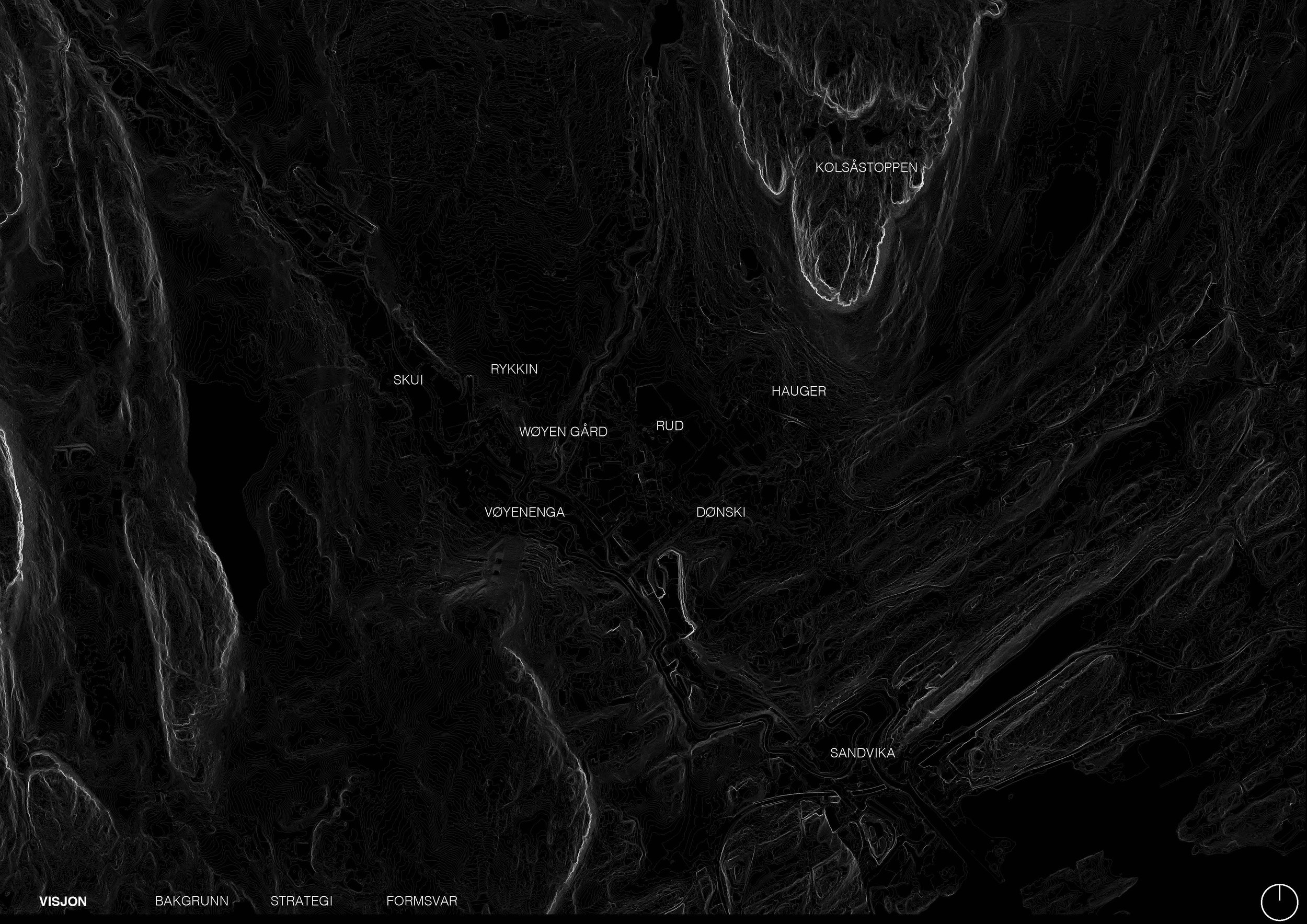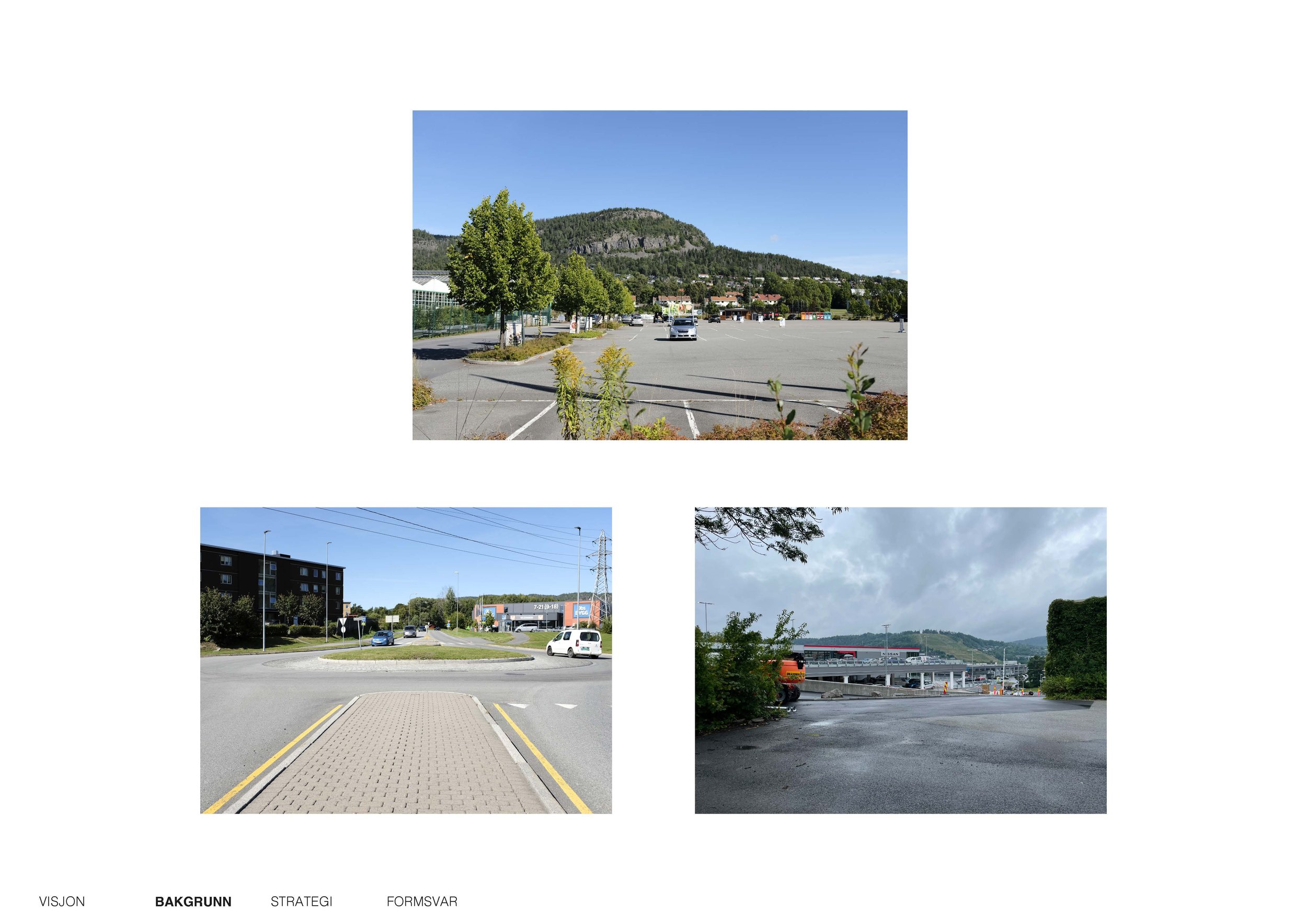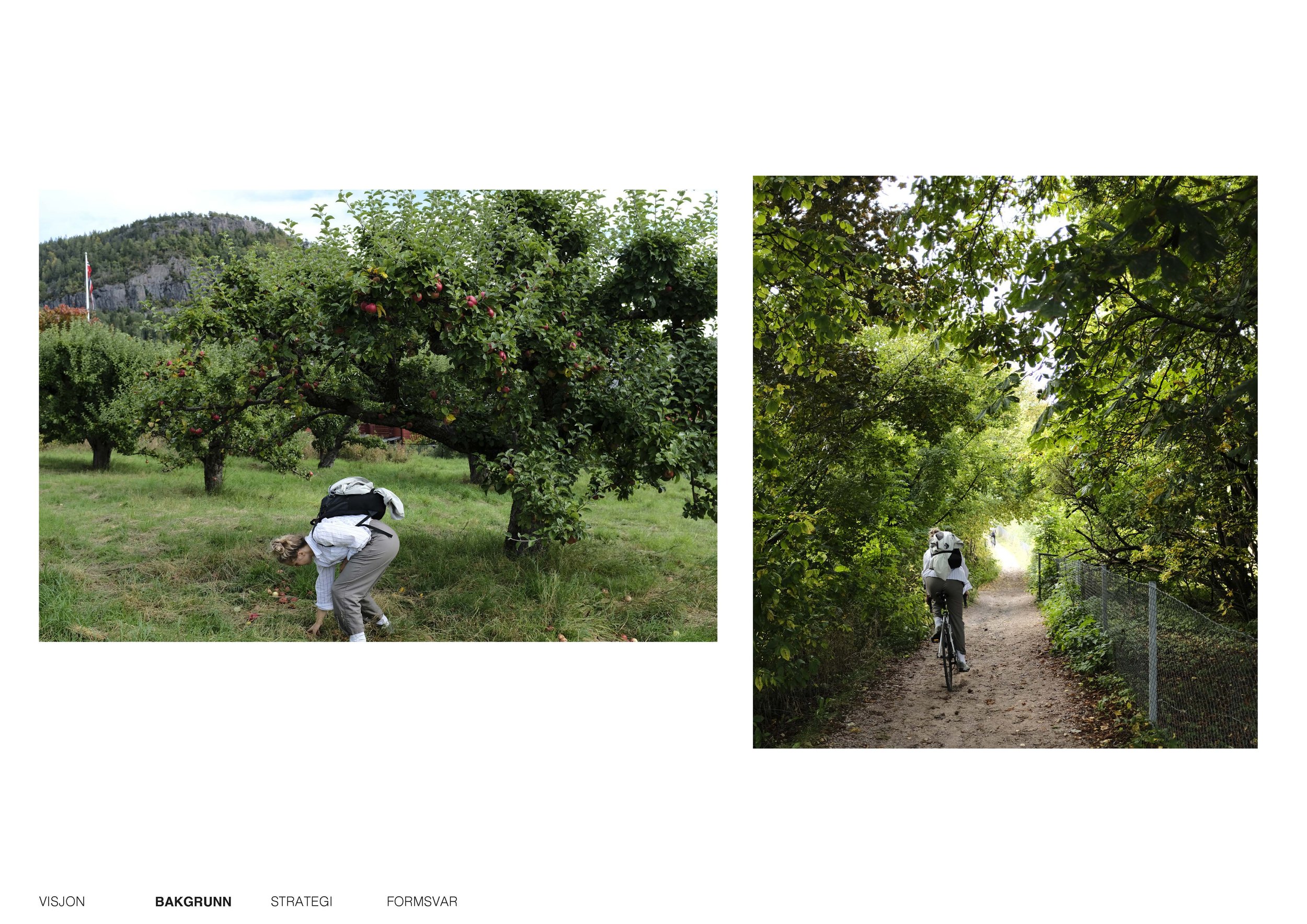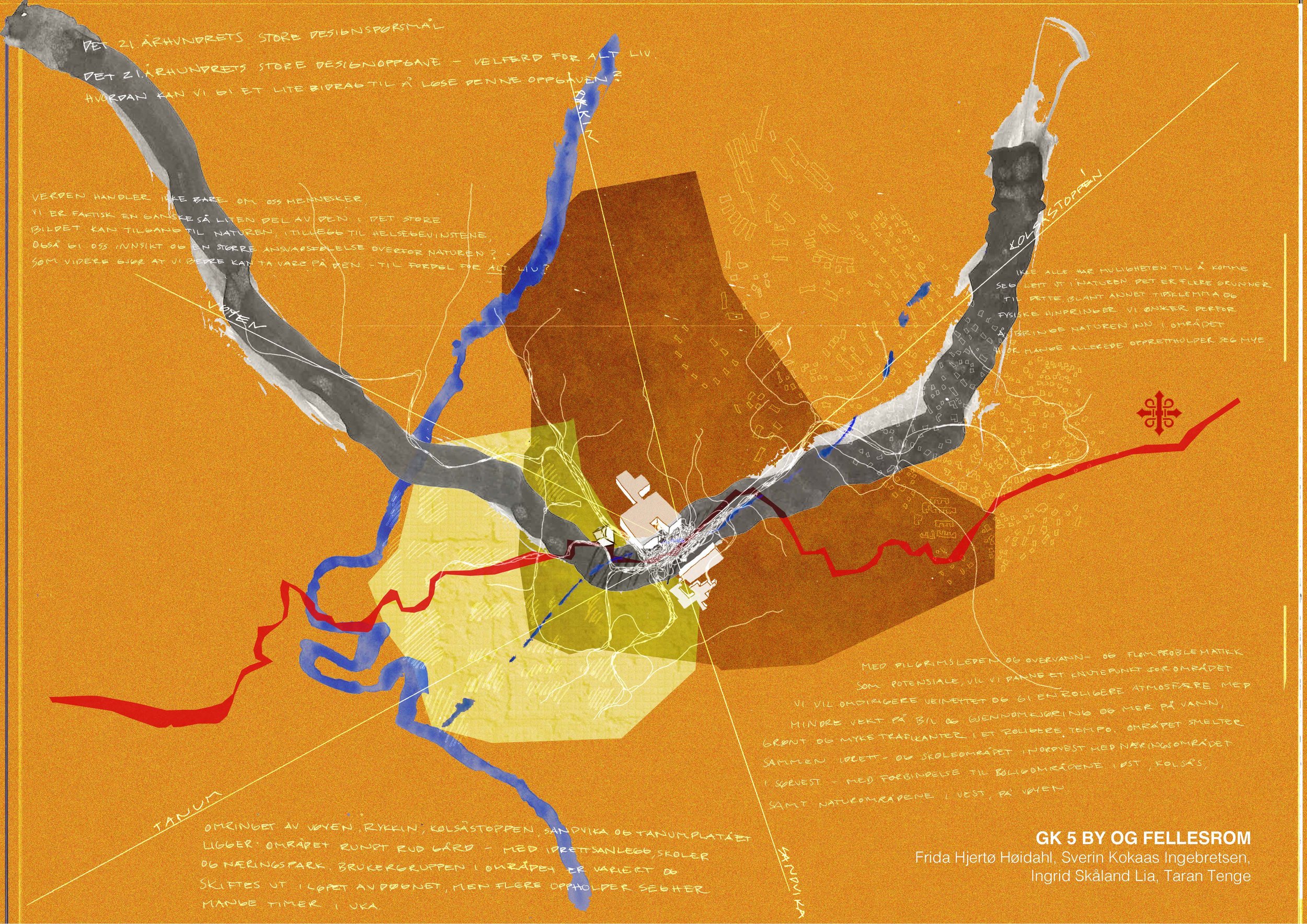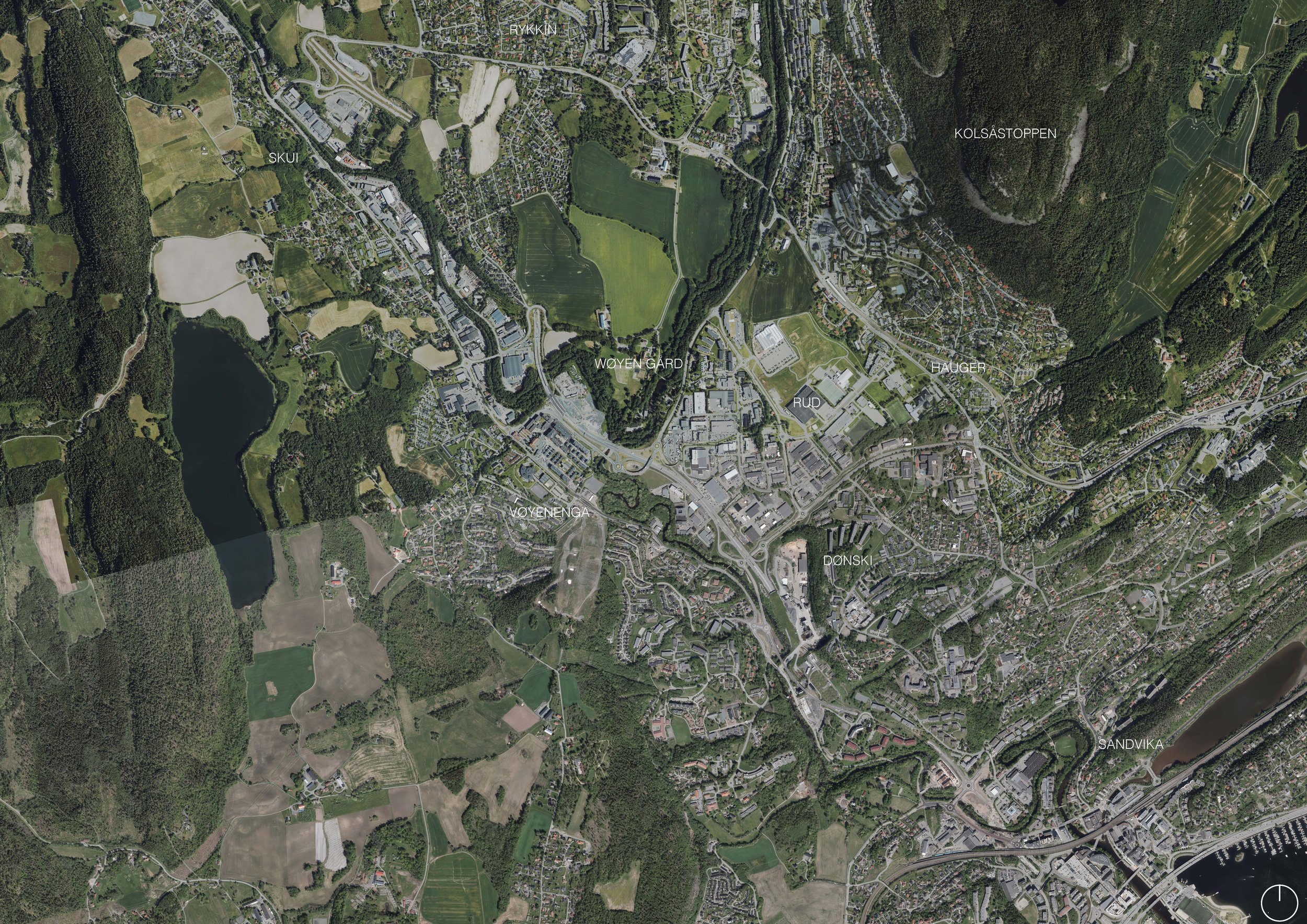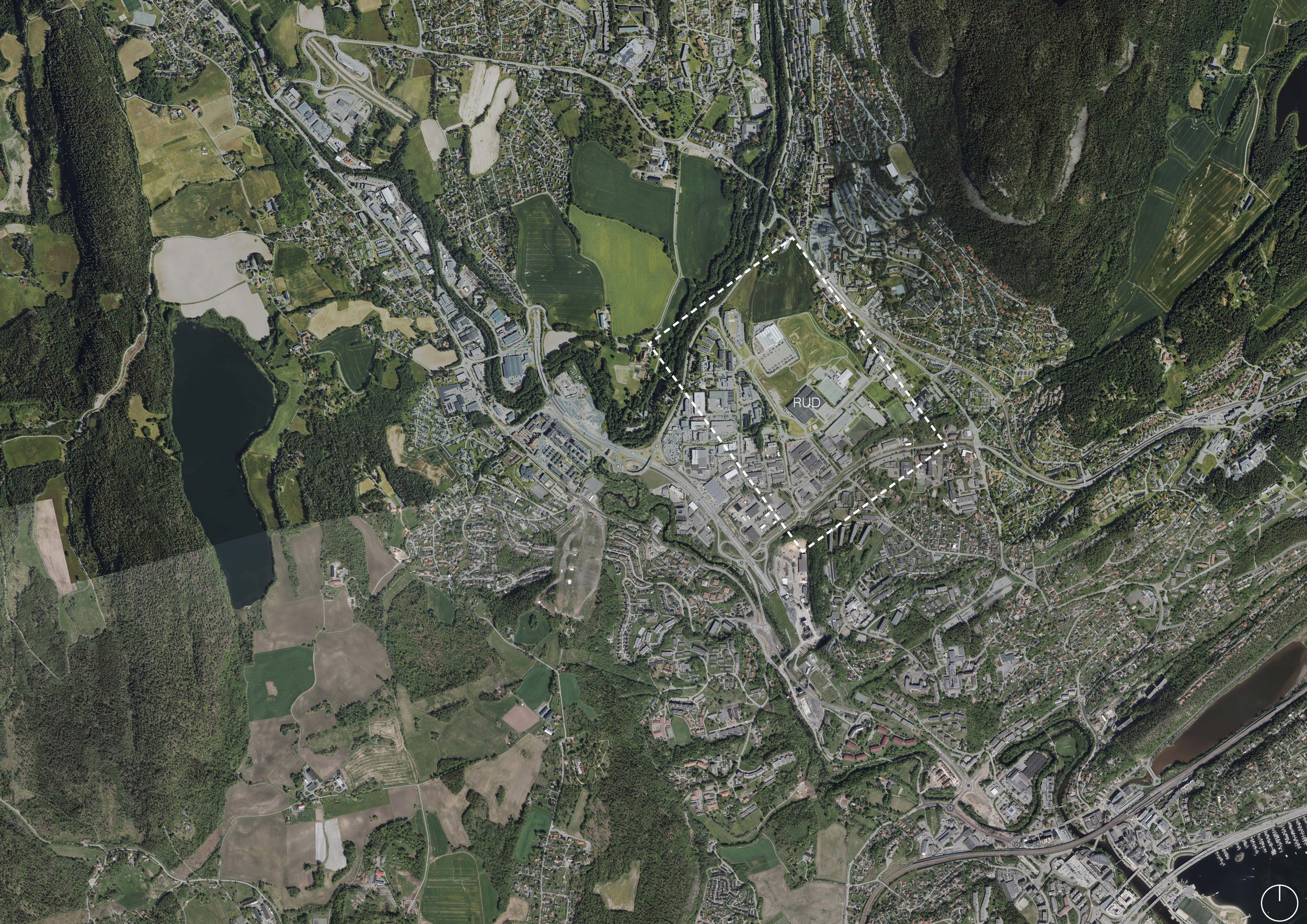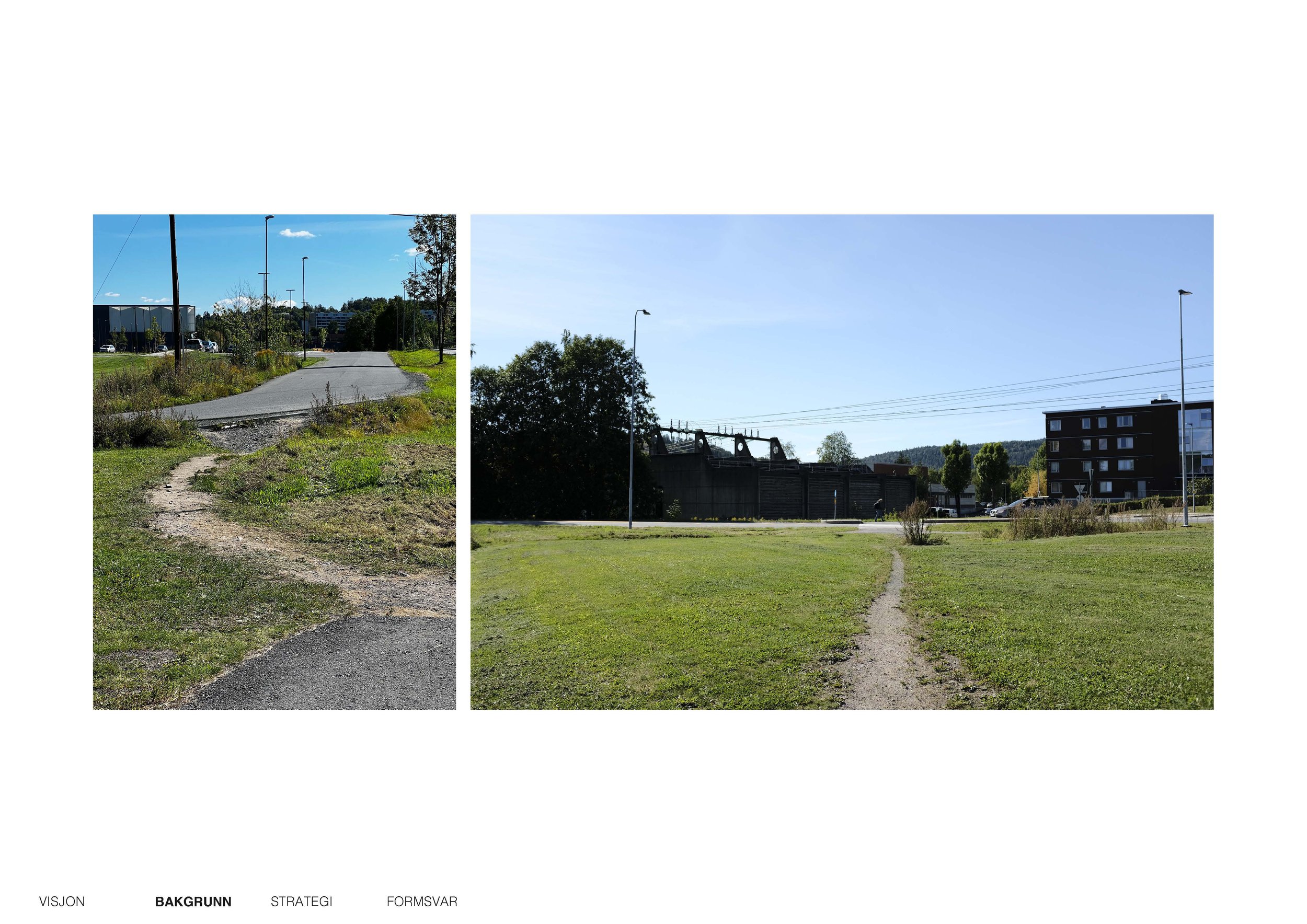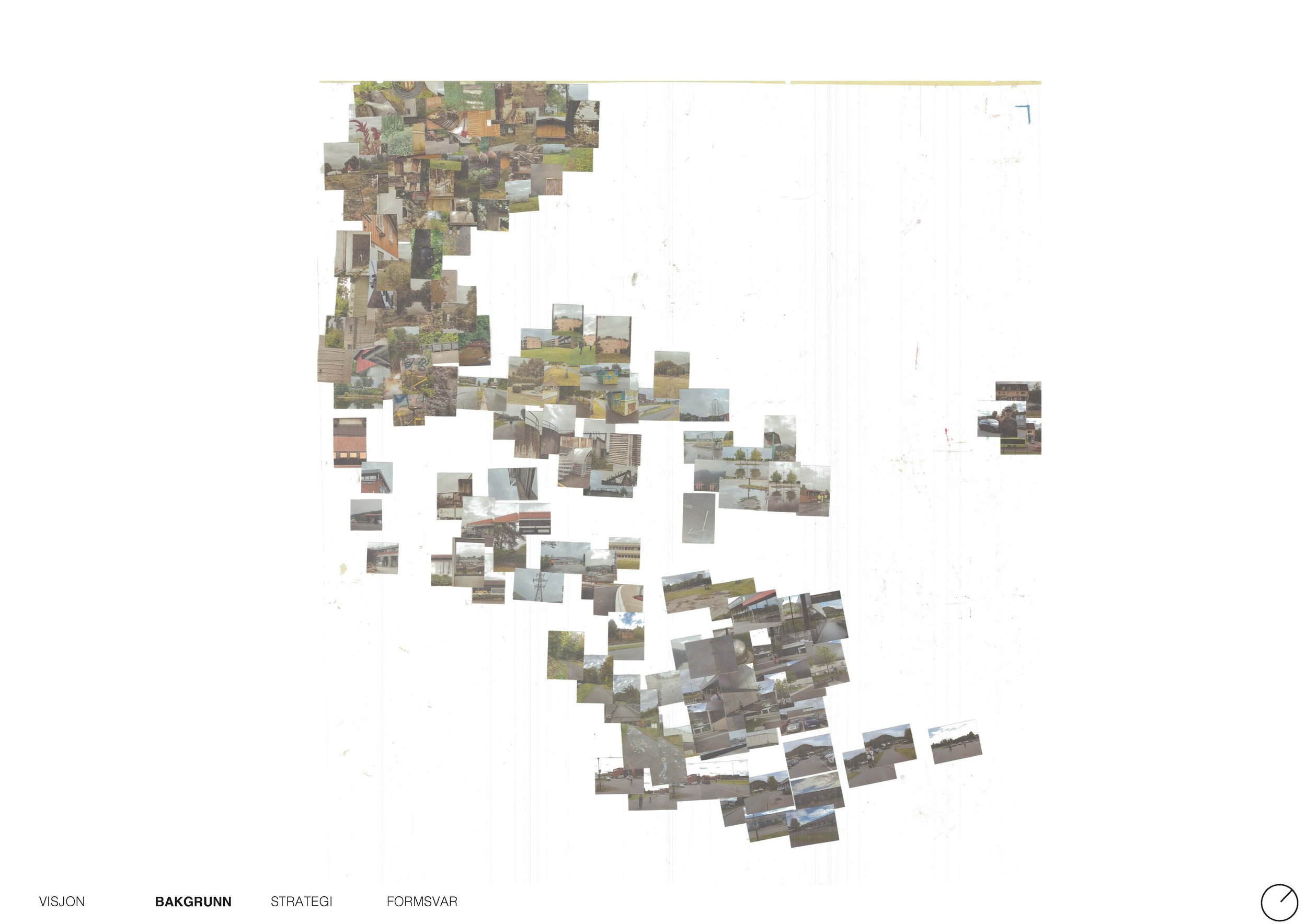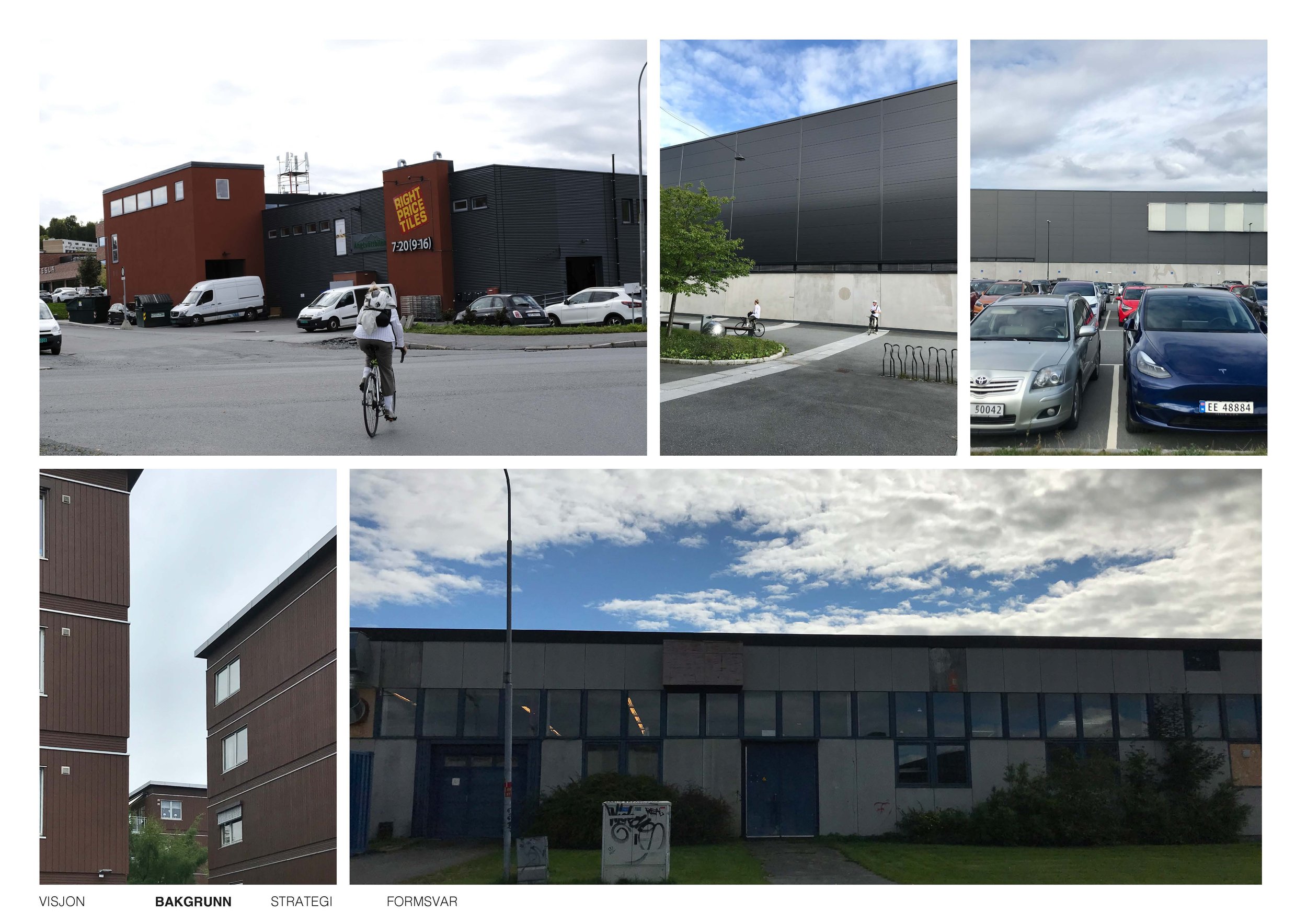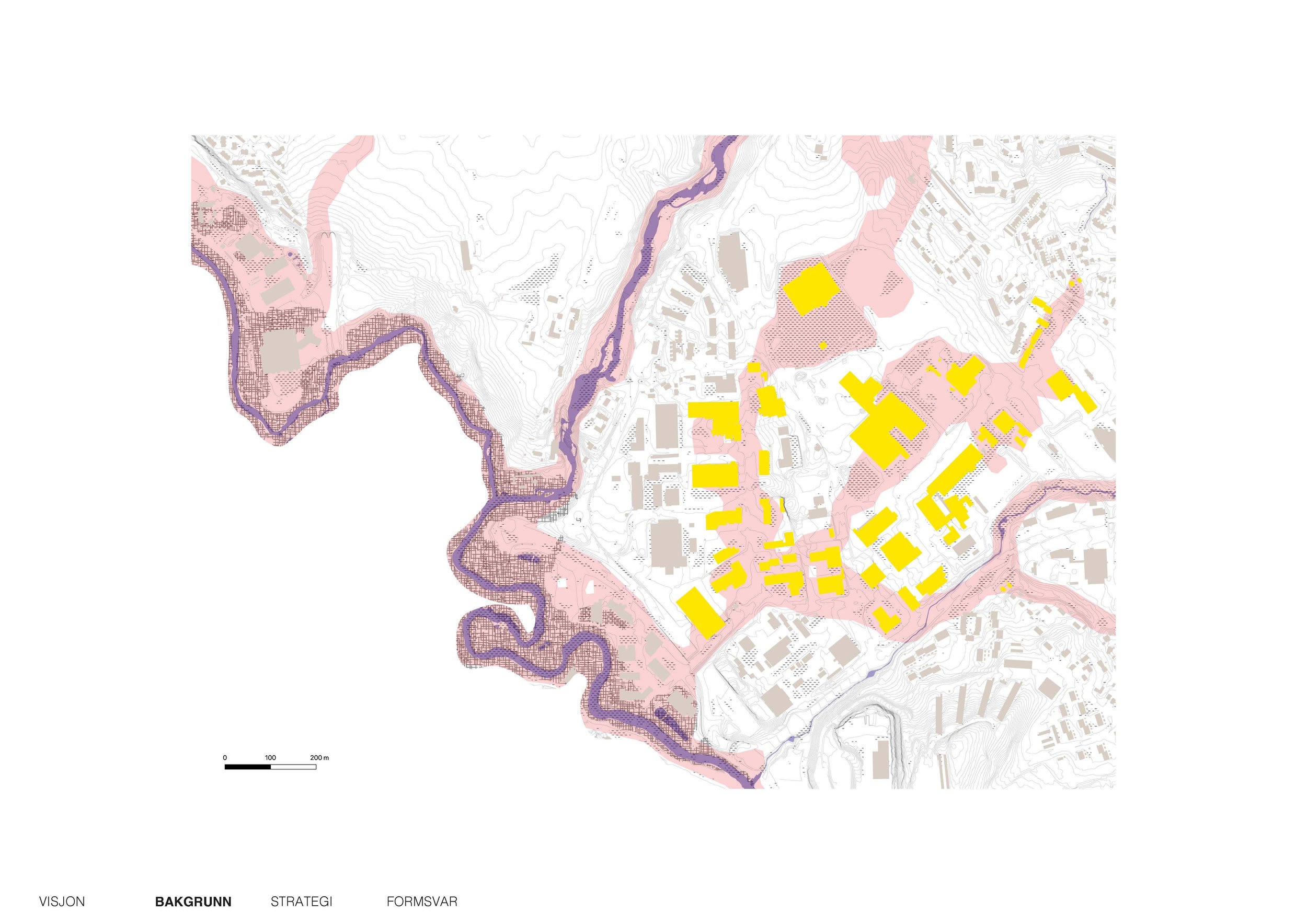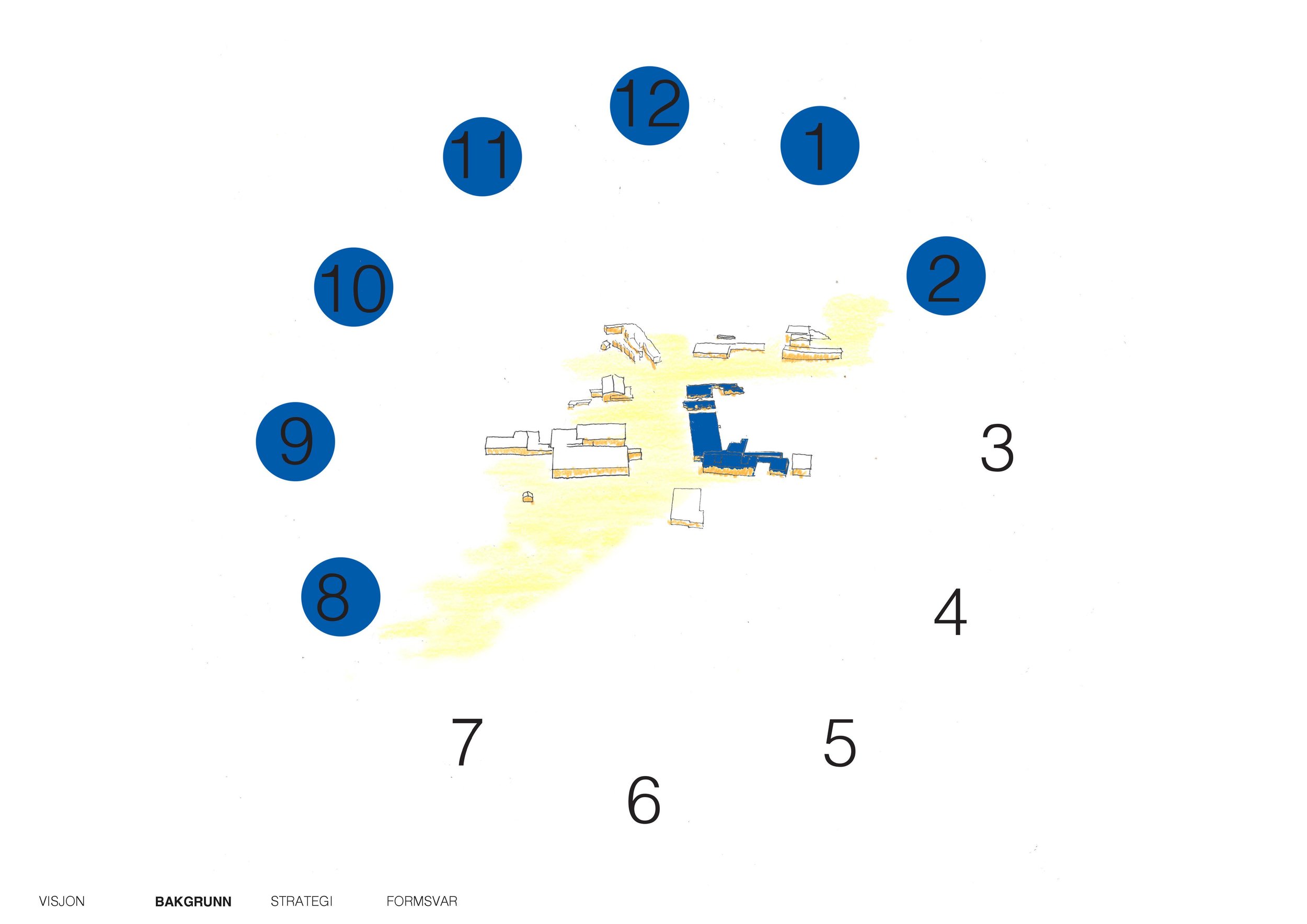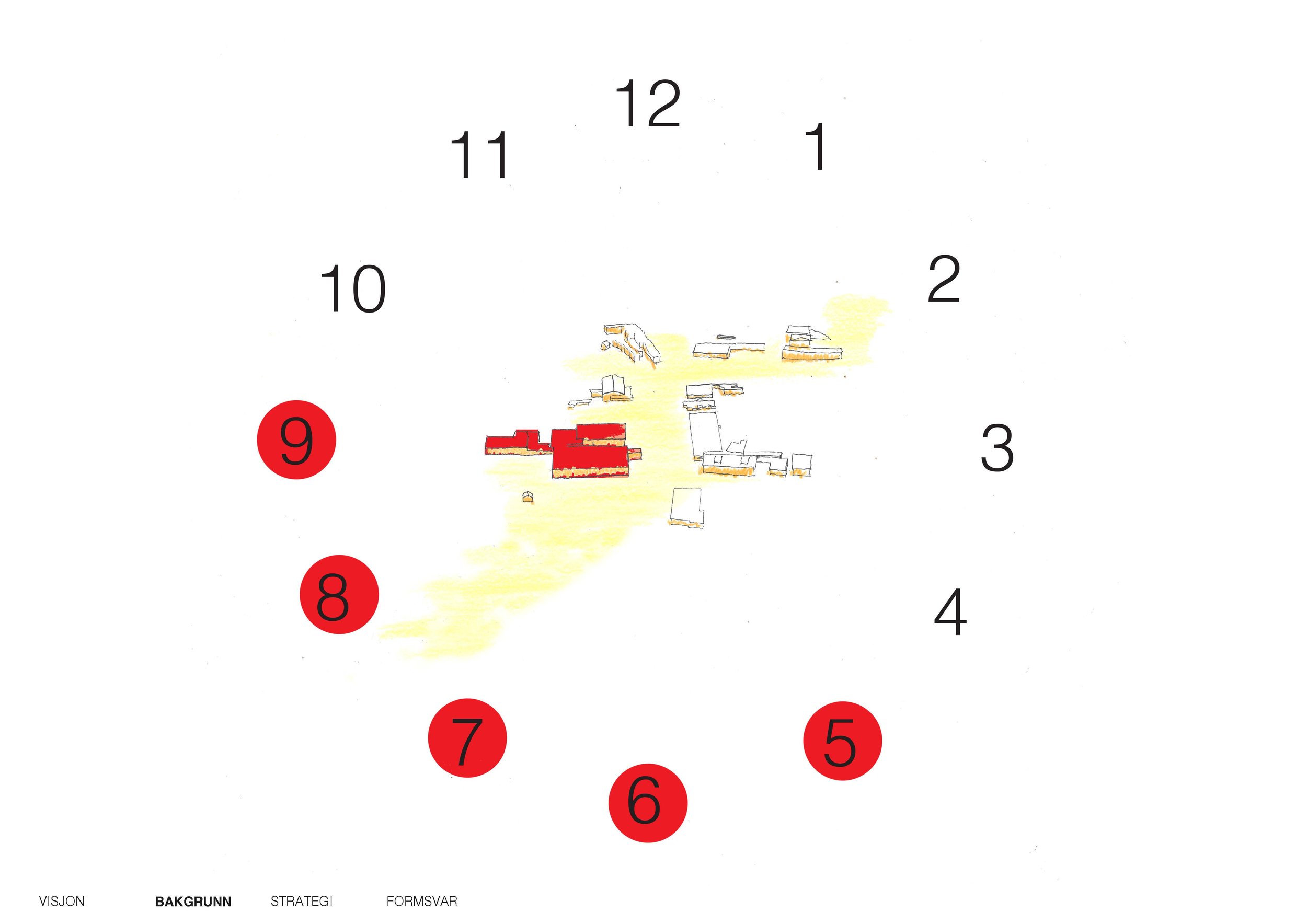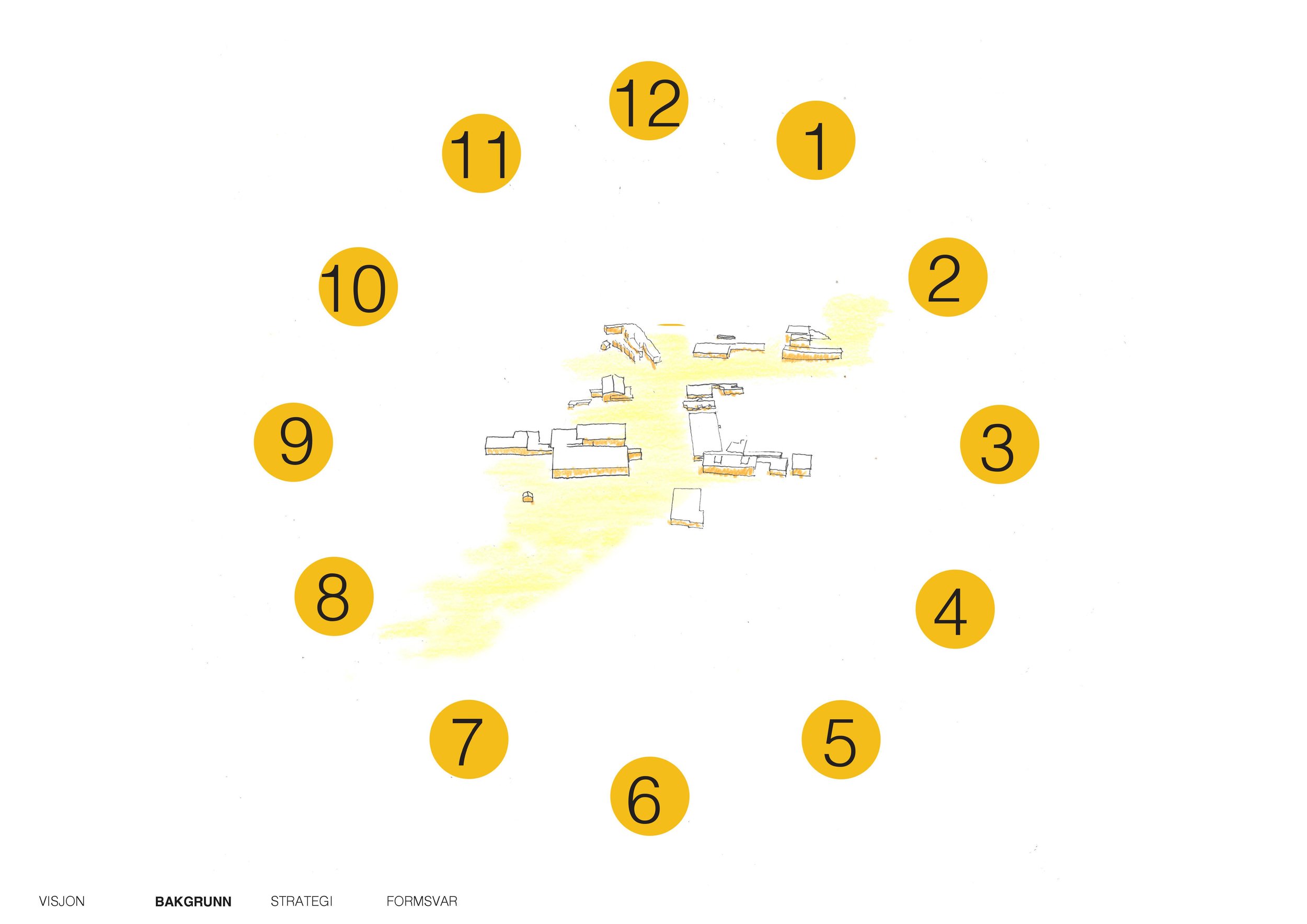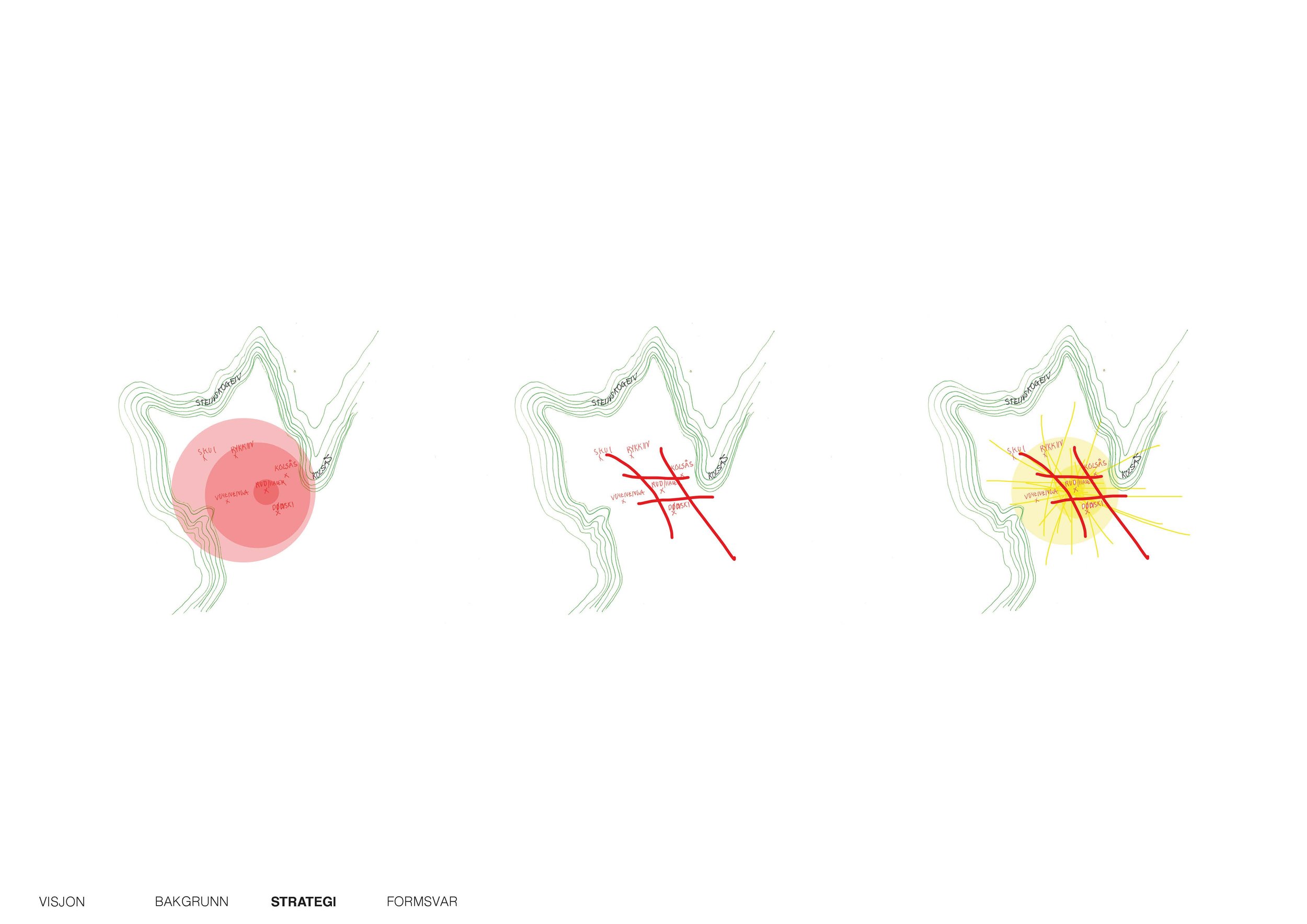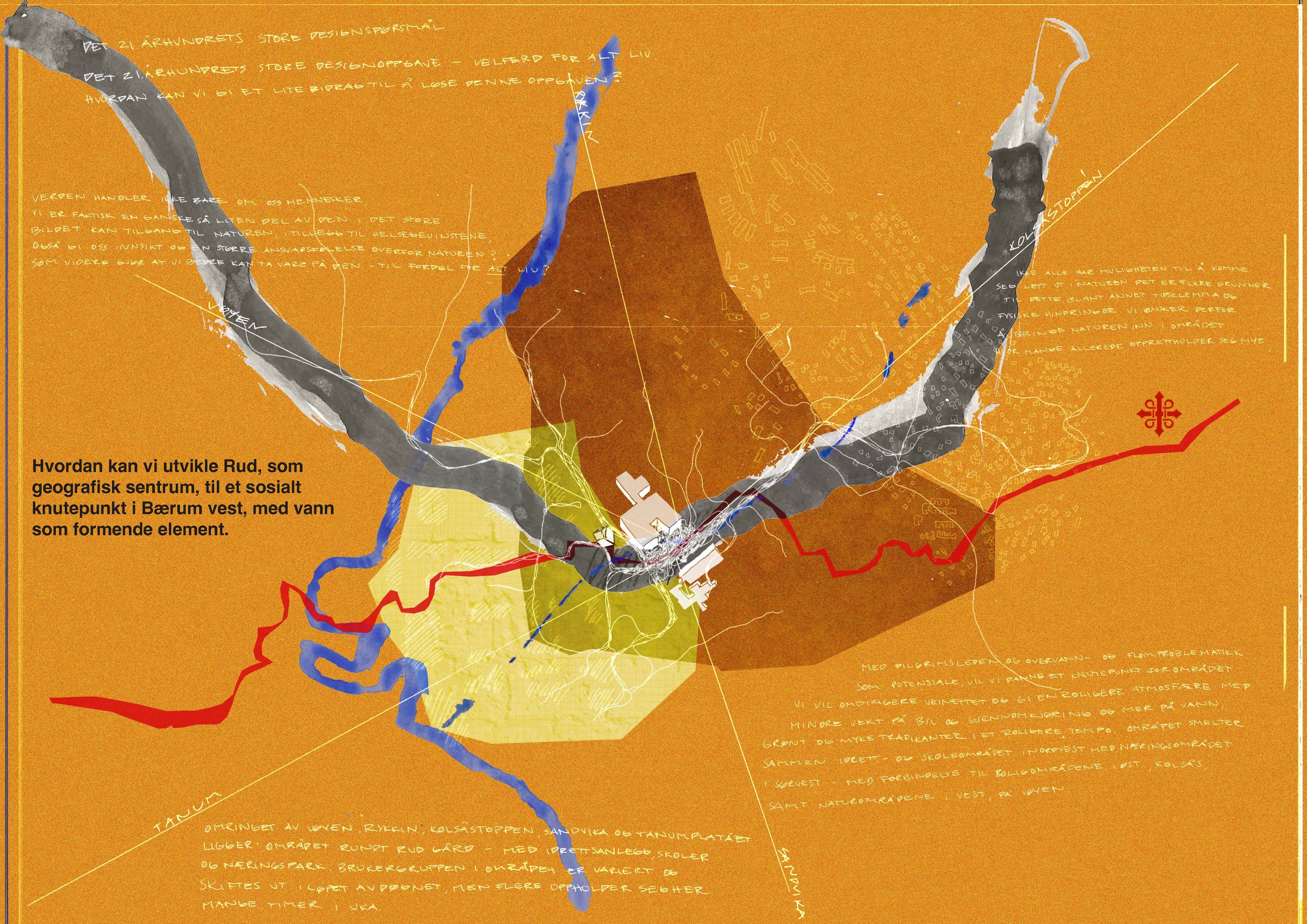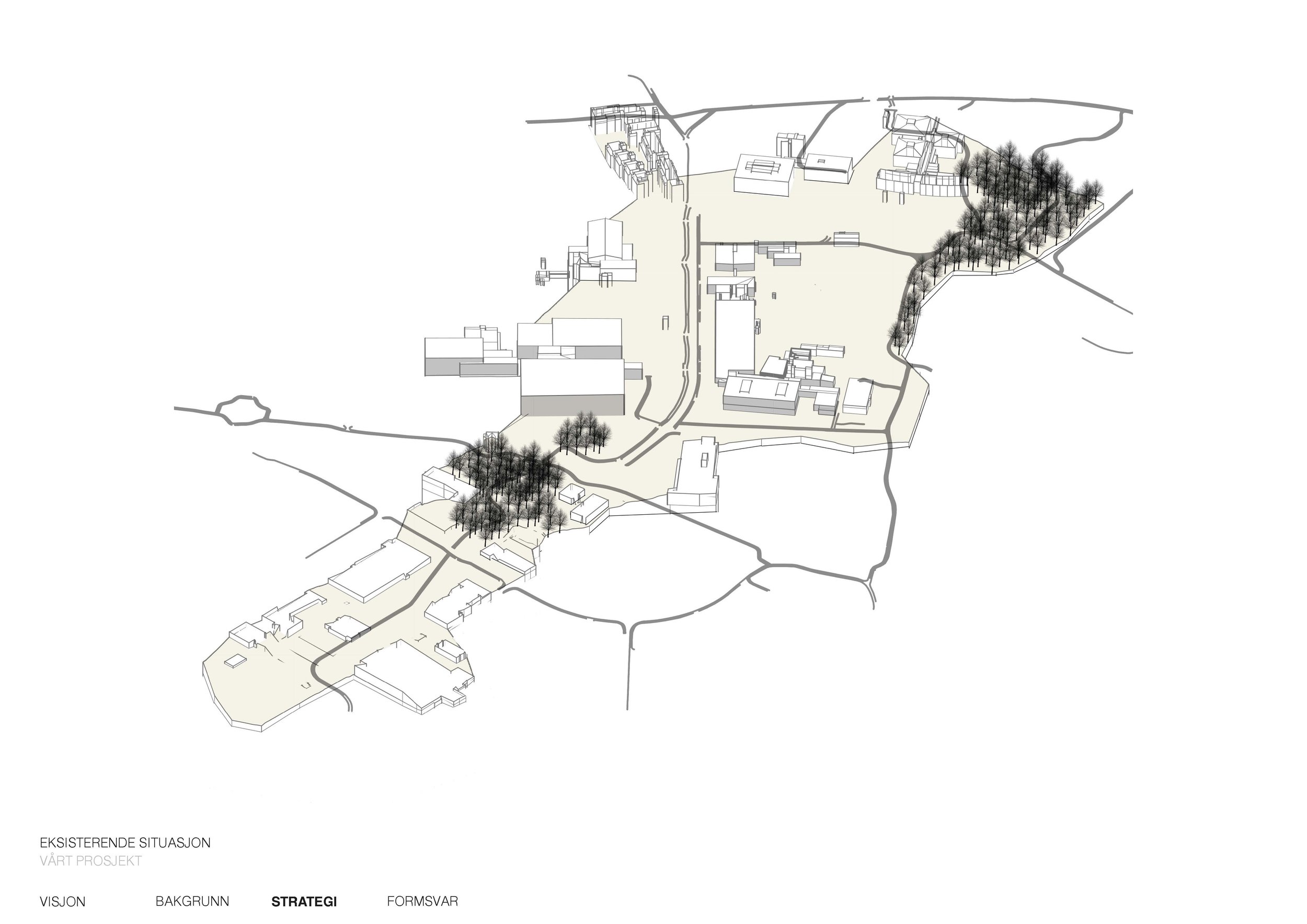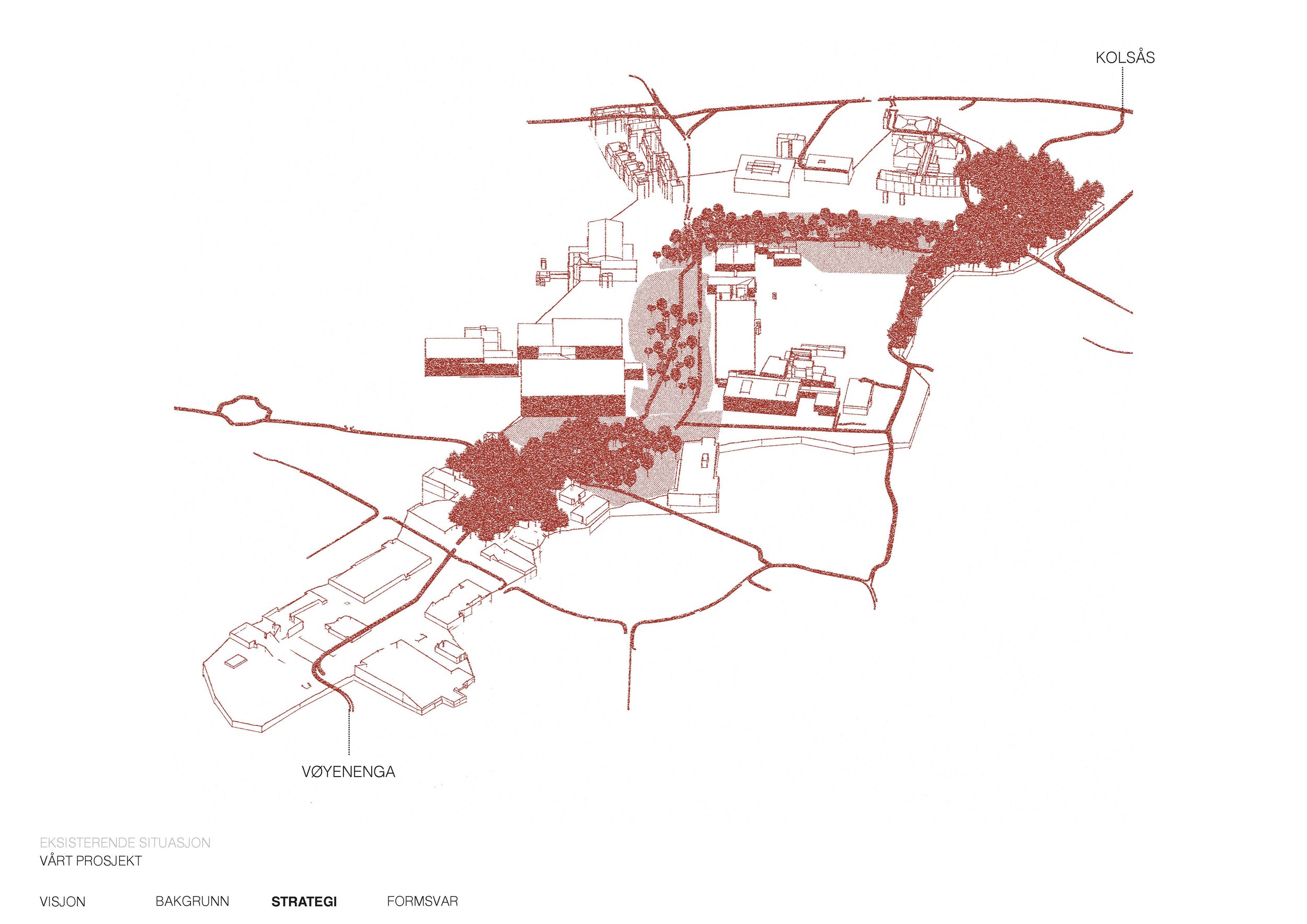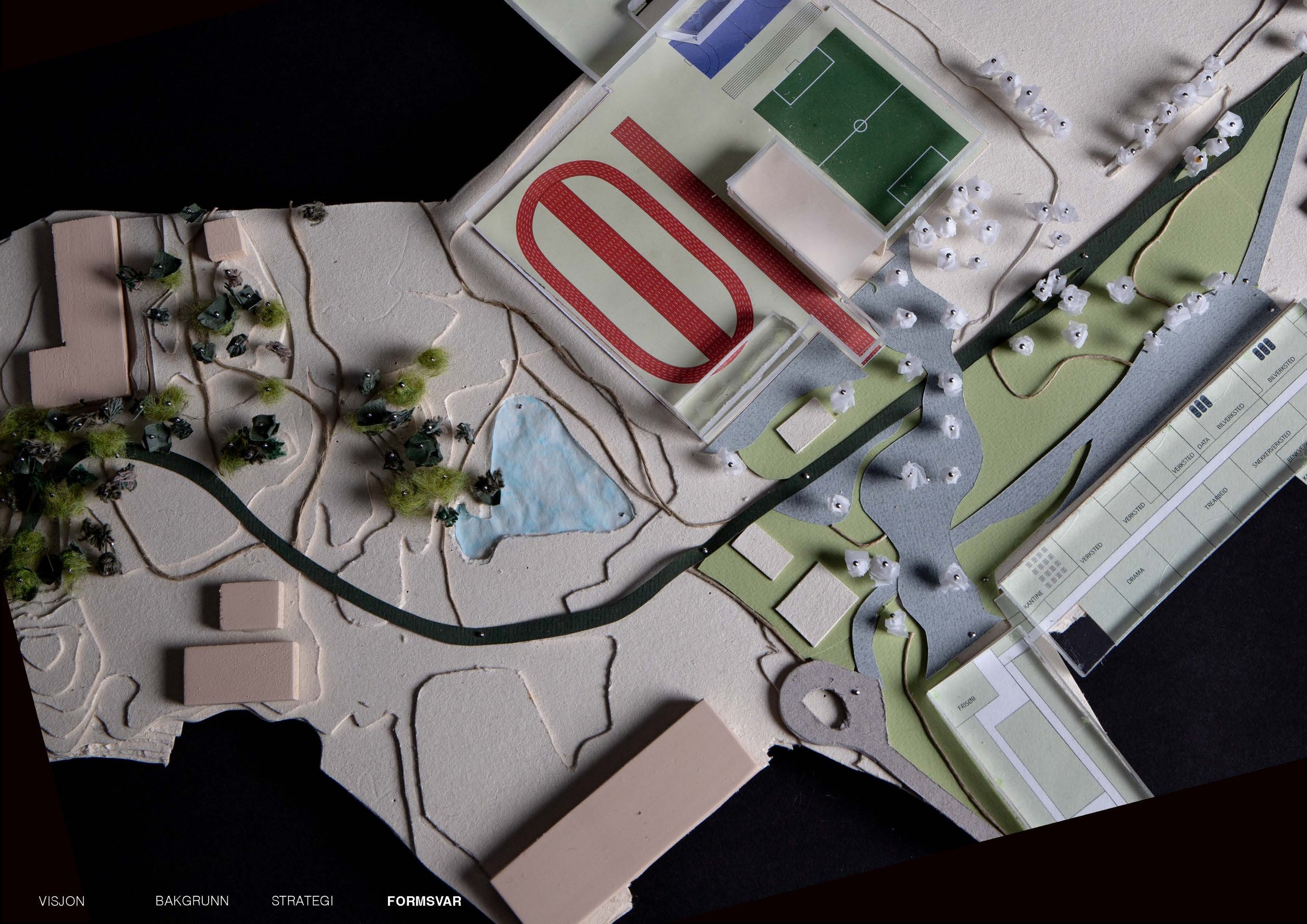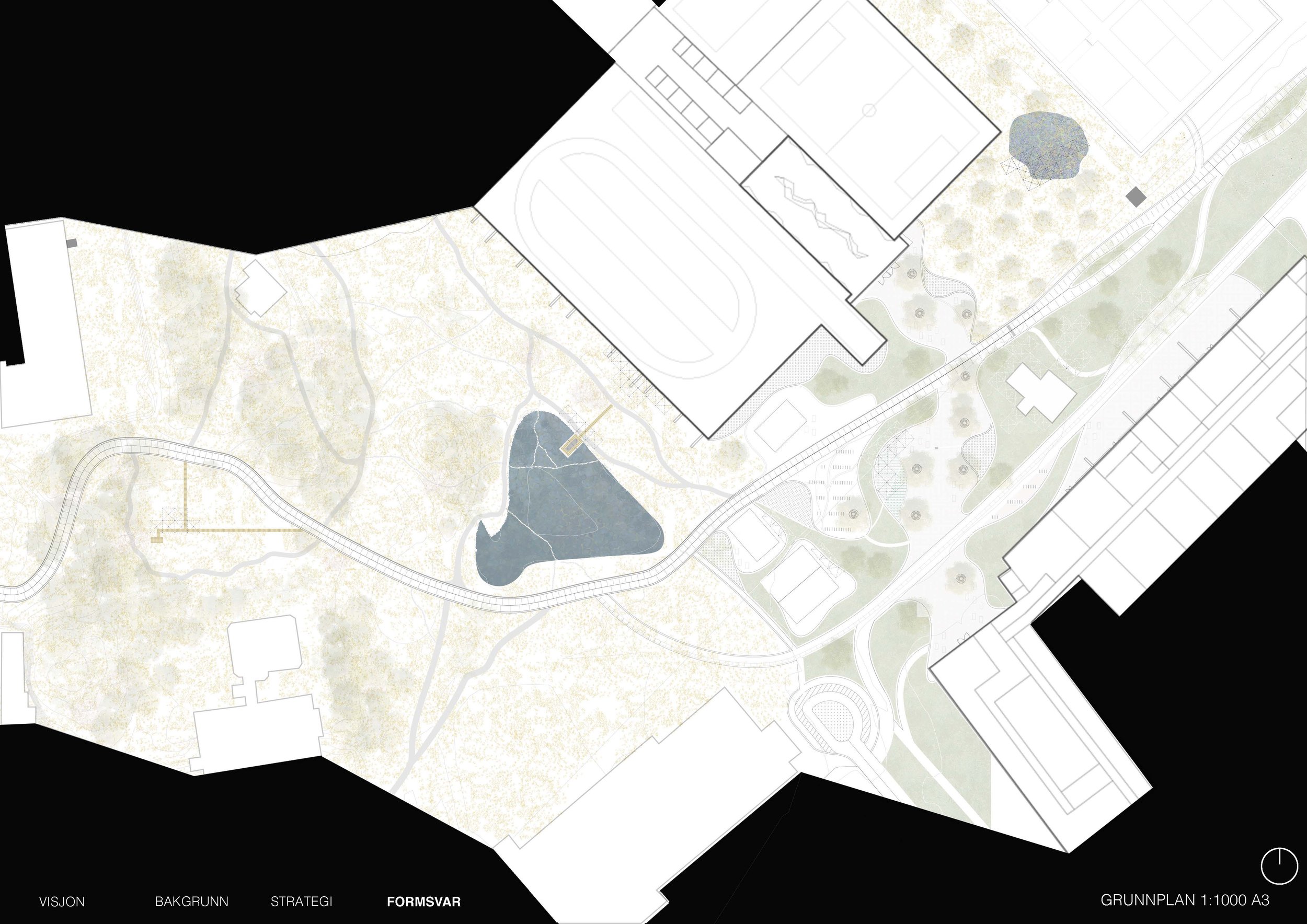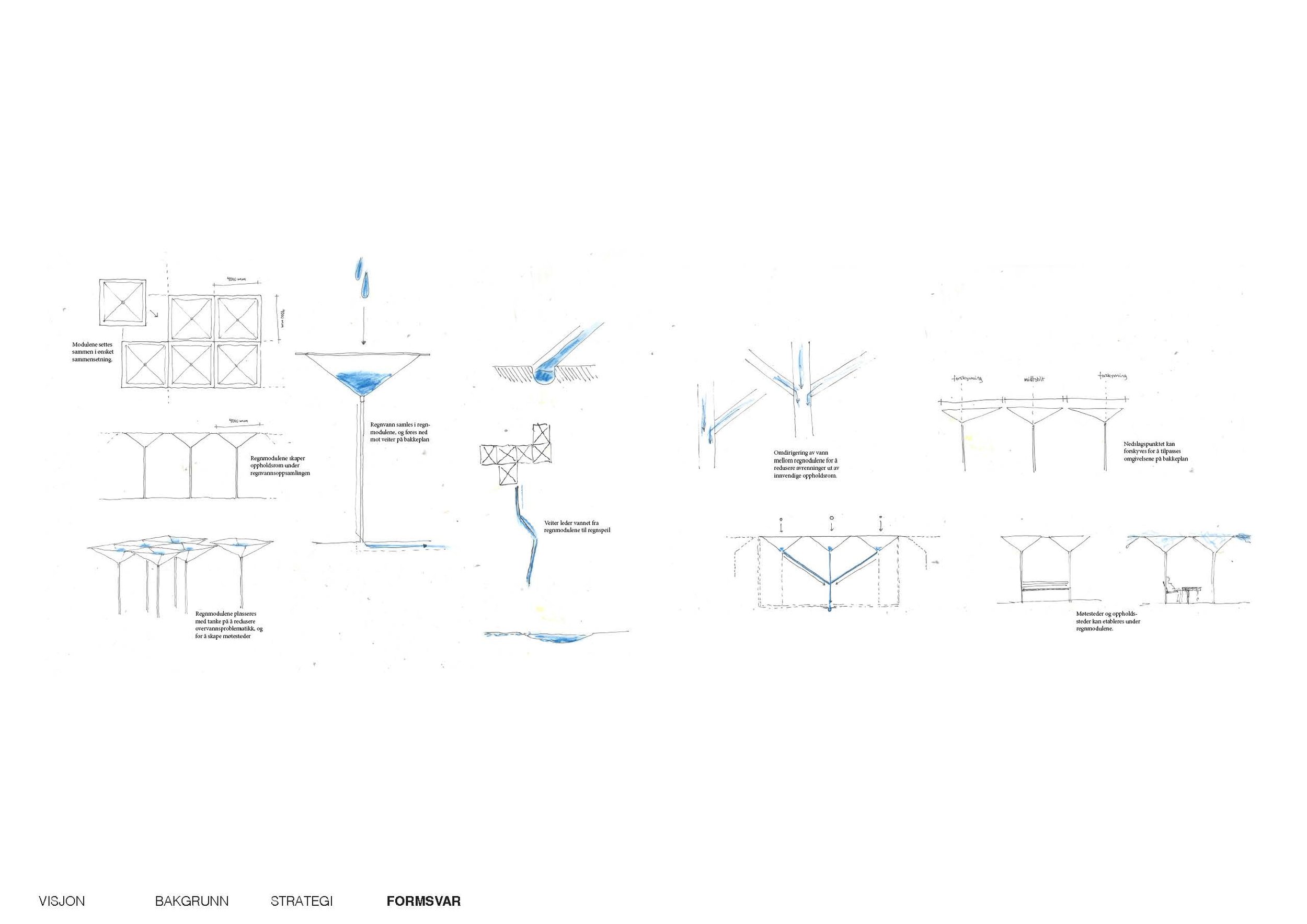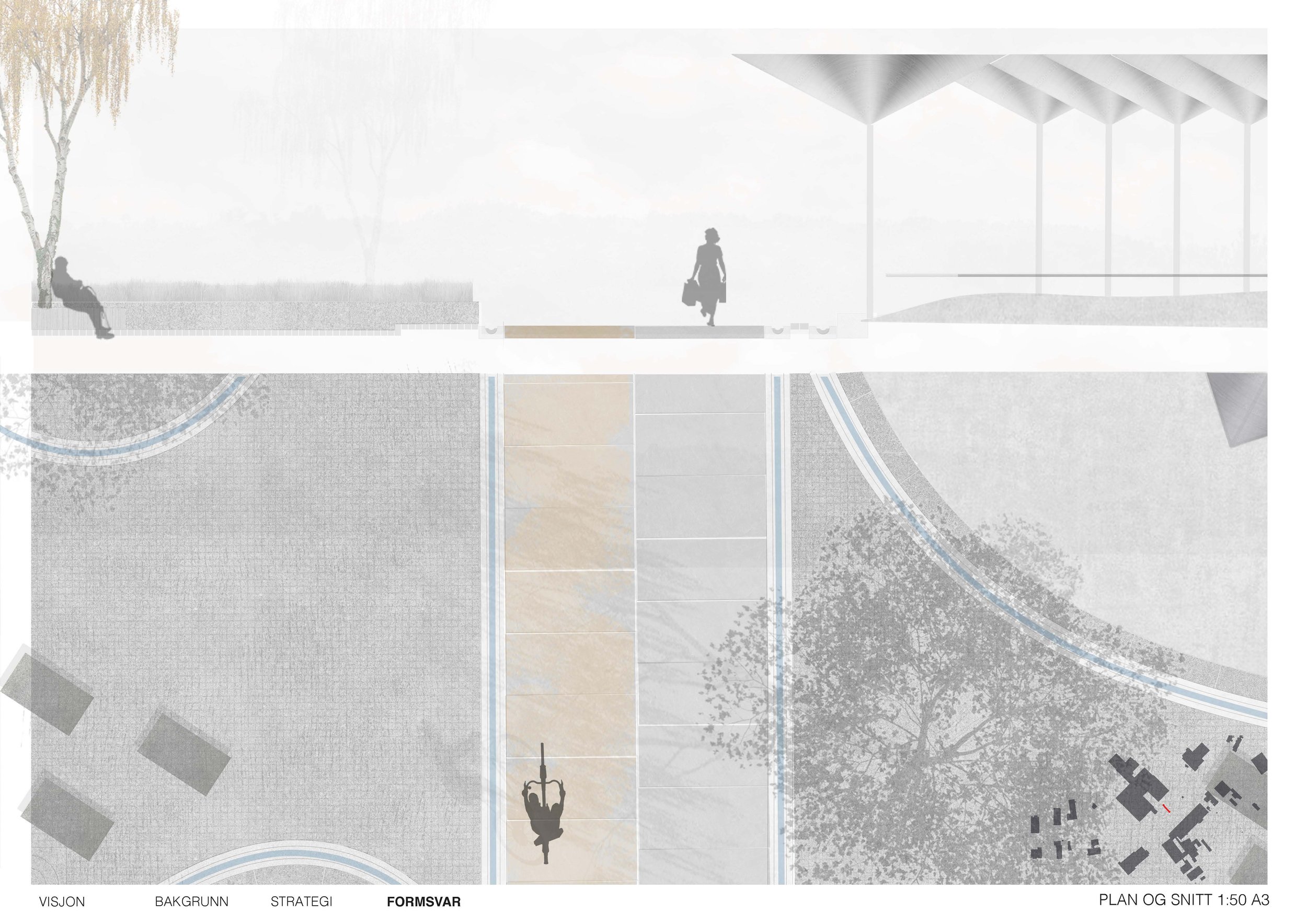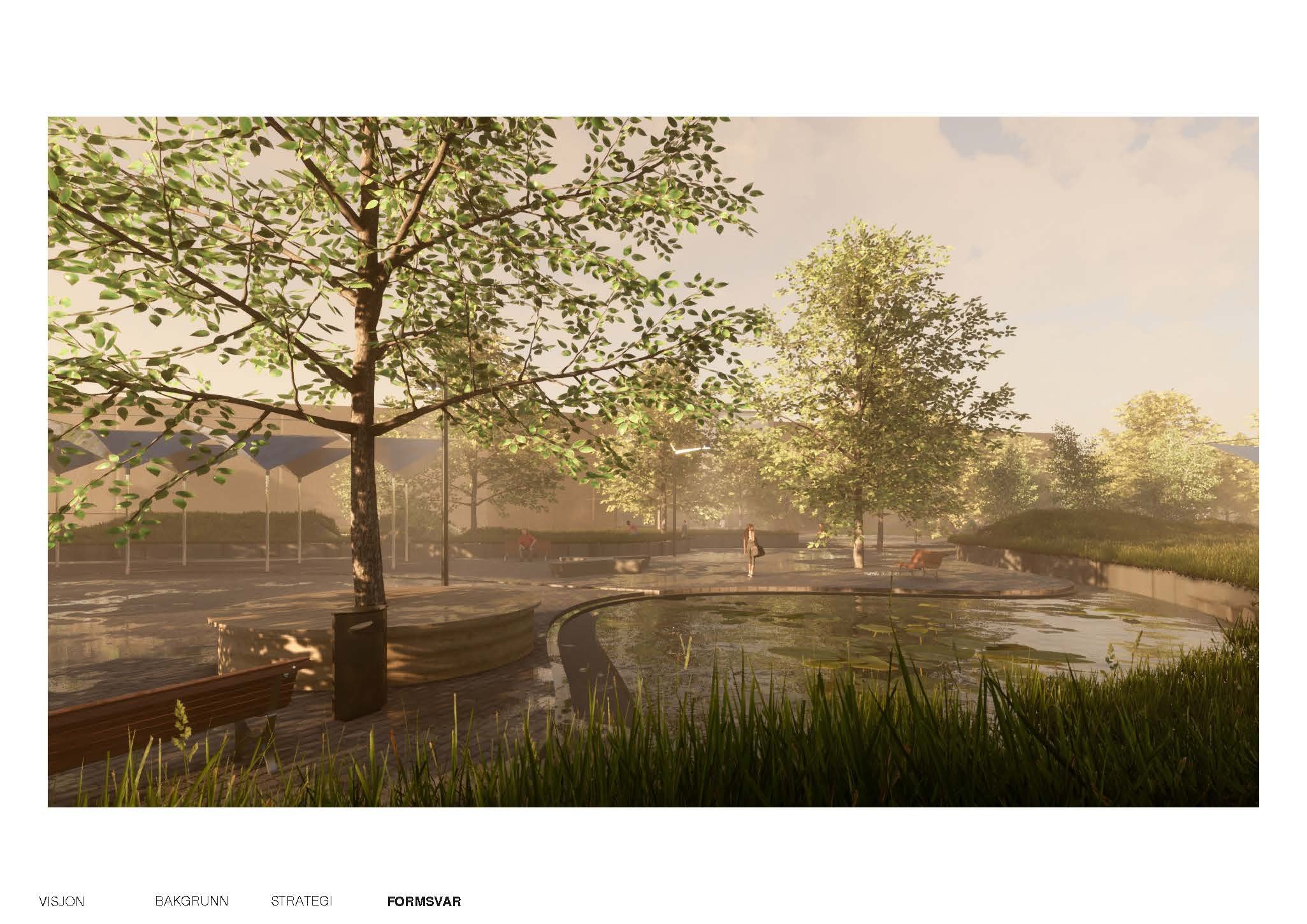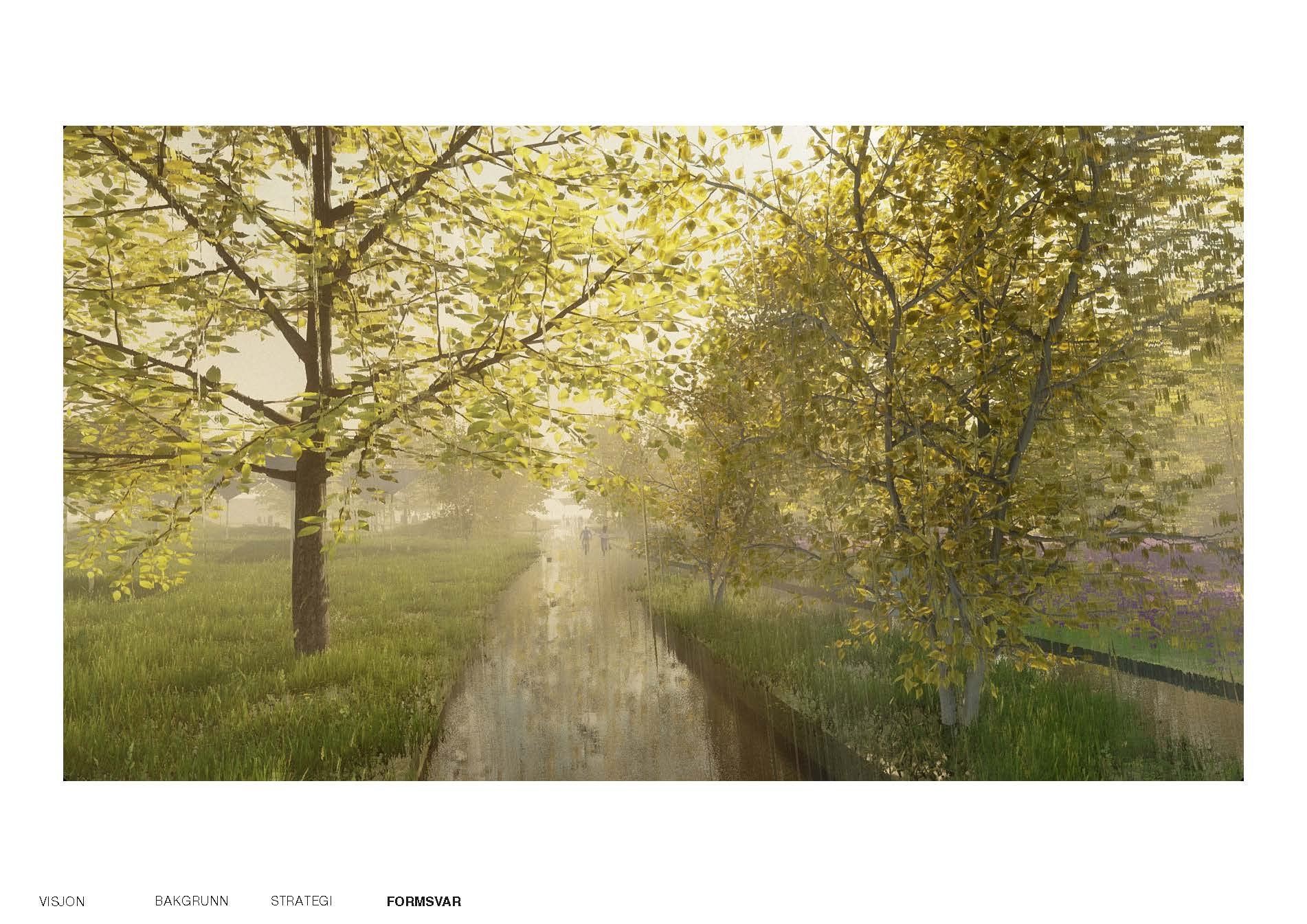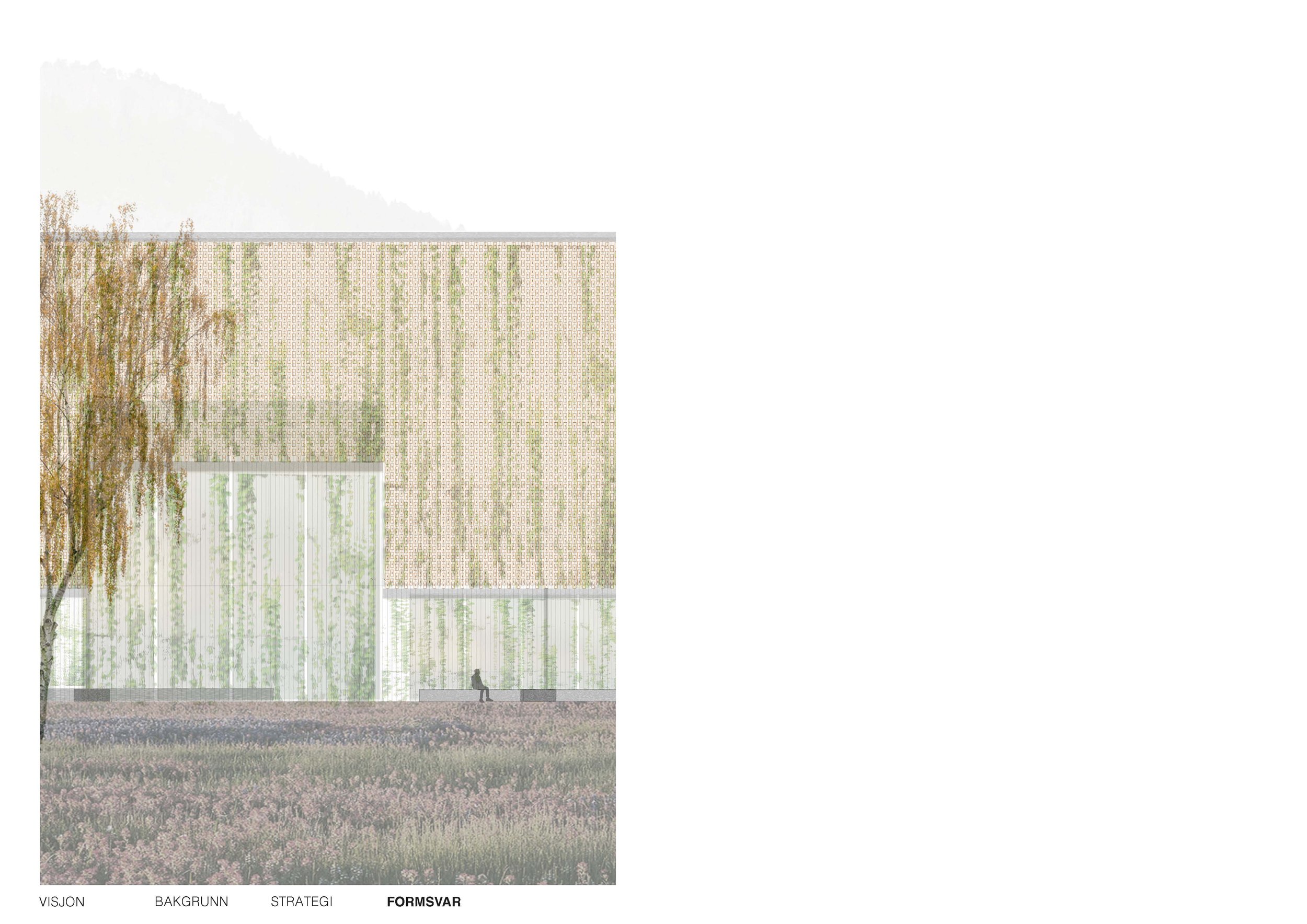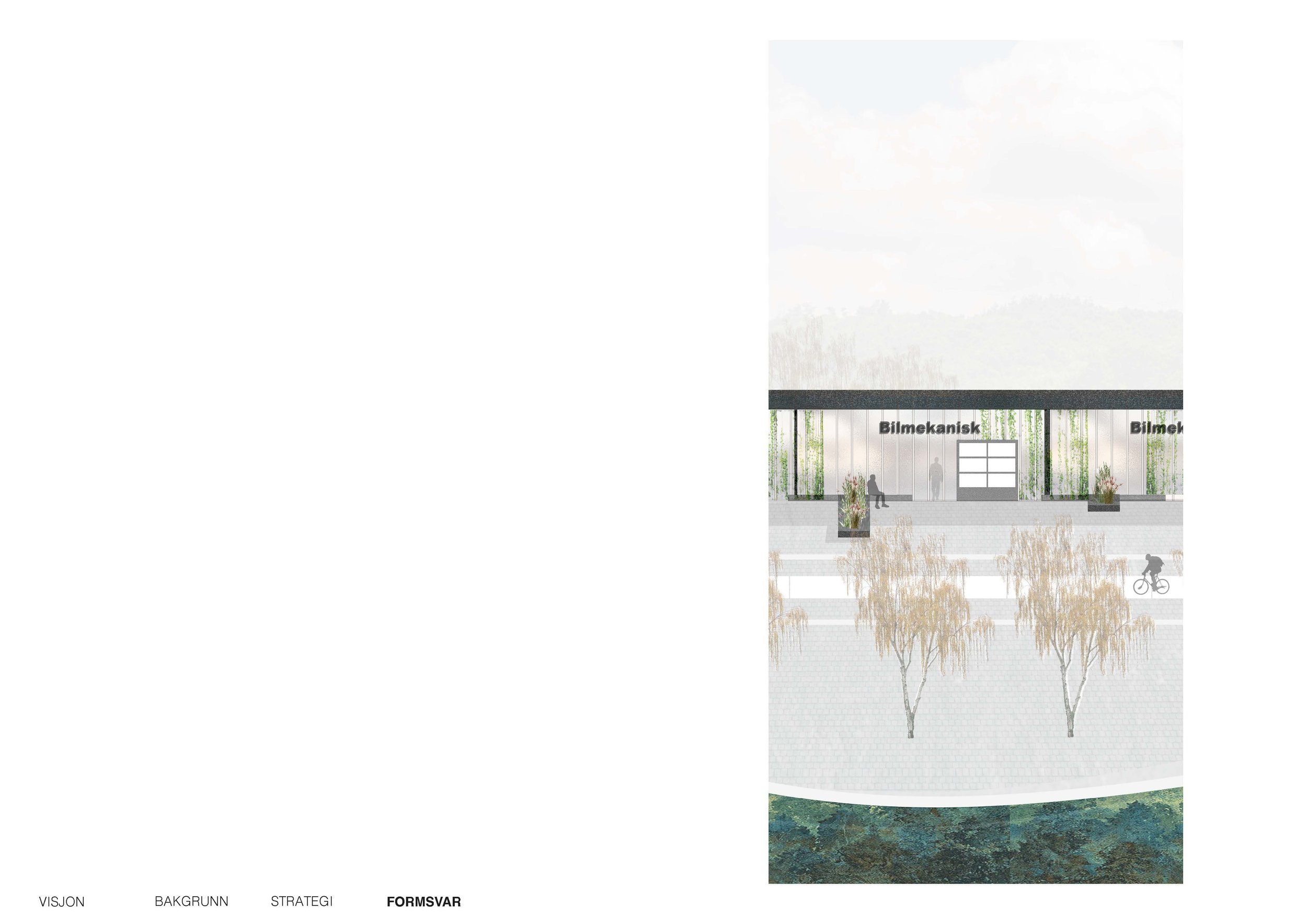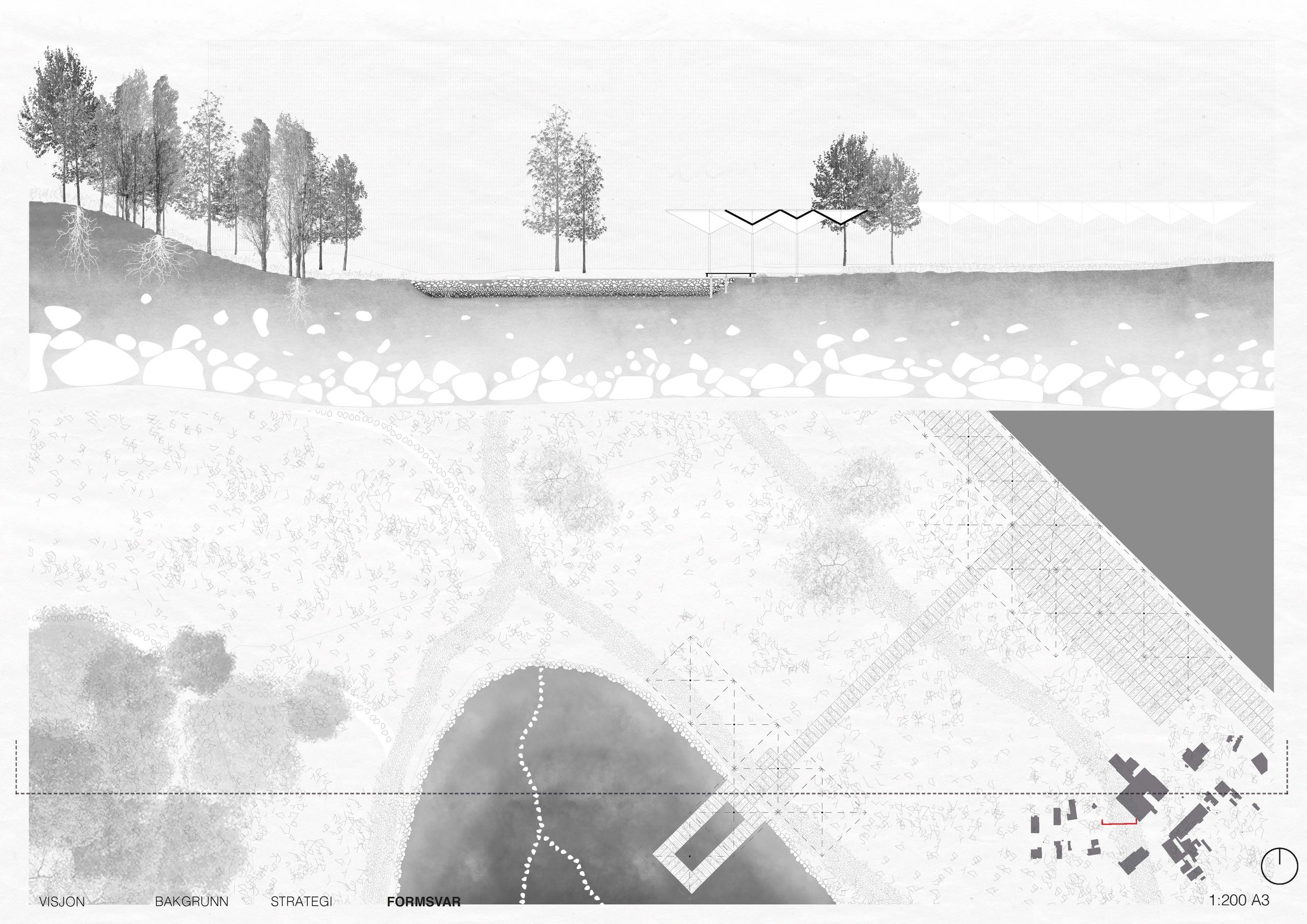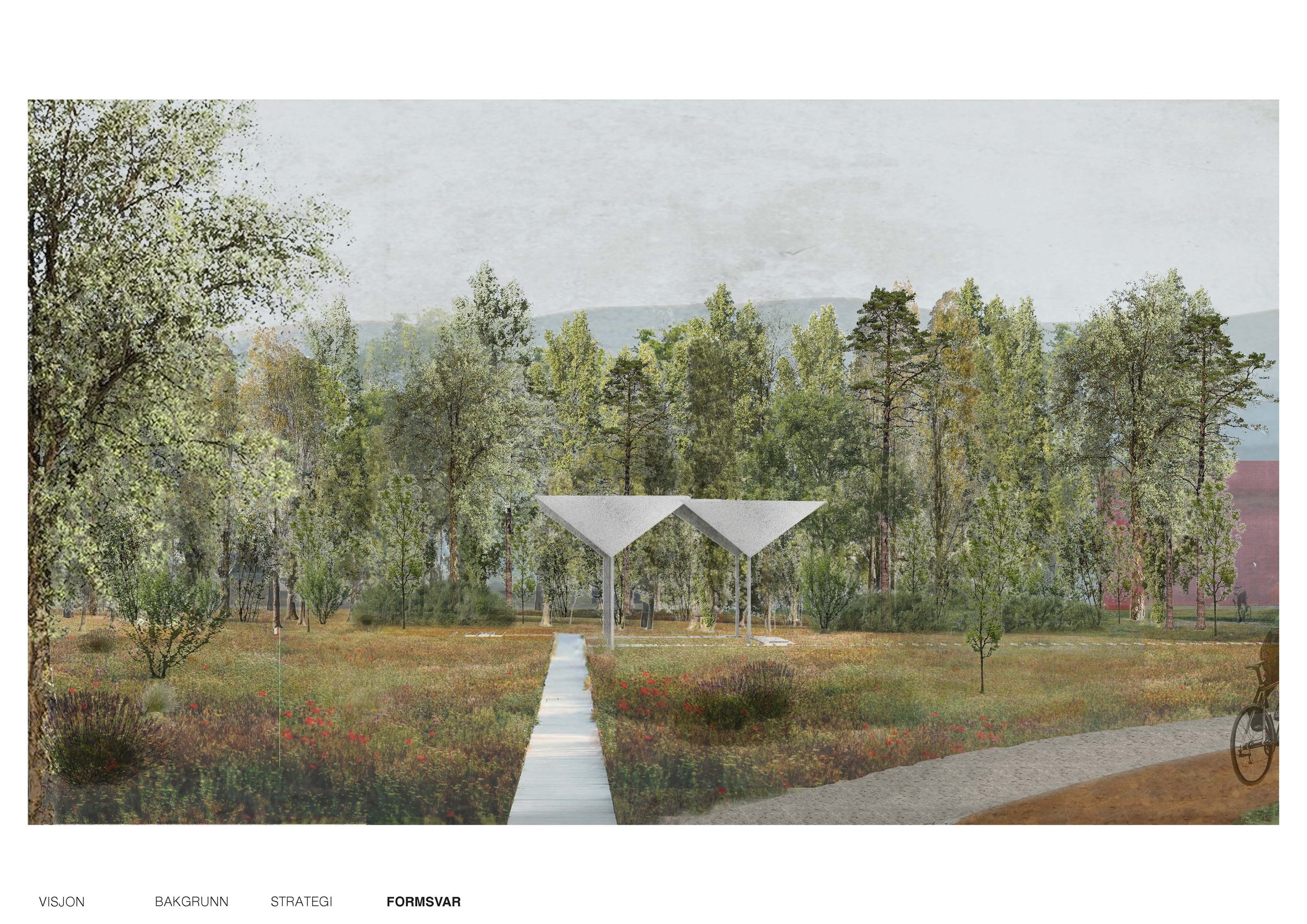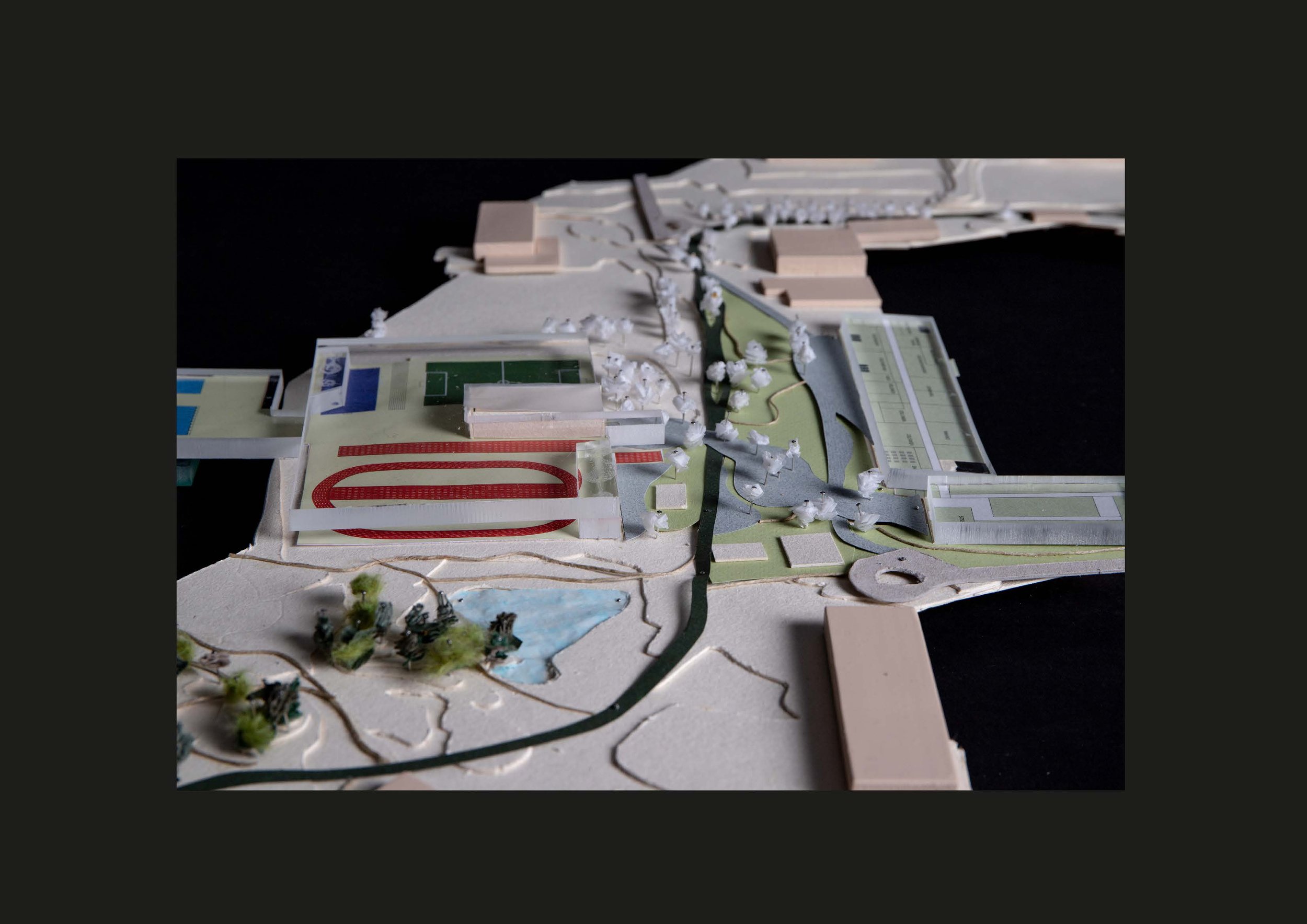Urbanism:
City development
This semester's collaboration between architecture and landscape architecture has focused on urban redevelopment, utilizing architecture and landscaping to reconstruct the cityscape with broader impacts. Our project aims to transform Rud into a social hub, incorporating principles of sustainability and community engagement.
Situated in Vestre Bærum, Rud is surrounded by diverse residential areas and natural landscapes such as Kolsås, Sandviks- and Isielva, Lommedalen, and Steinskogen. The area is currently divided into a business park in the west and an activity park in the east. Despite its potential, Rud faces challenges including overwhelming vehicular traffic, neglect of pedestrian and cyclist needs, loss of greenery, and flood risks due to hard surfaces and altered waterways.
Our strategy focuses on enhancing connectivity, reclaiming green spaces, and mitigating flood risks. We aim to establish Rud as a social and recreational center by reorganizing roadways, improving pedestrian networks, and integrating green gradients to connect existing green areas. Additionally, we propose handling flood issues by incorporating soft surfaces and designing water features that also serve as social gathering spaces.
Our design interventions include reimagining the road network, introducing green gradients, and strategically placing pavilions to facilitate social interactions and water management. The use of varied materials and vegetation helps delineate different functions and enhances water permeability. By integrating Jaan Gehl's principles of spatial intimacy, we aim to create inviting environments conducive to community engagement.
Our project envisions Rud as a vibrant social hub that harmonizes with its natural surroundings, offering diverse recreational opportunities for residents. By prioritizing pedestrian-friendly design, green infrastructure, and inclusive spaces, we seek to create a resilient and beloved urban destination in Bærum West.
In collaboration with Ingrid Skåland Lia, Frida Høidahl & Taran Tenge
